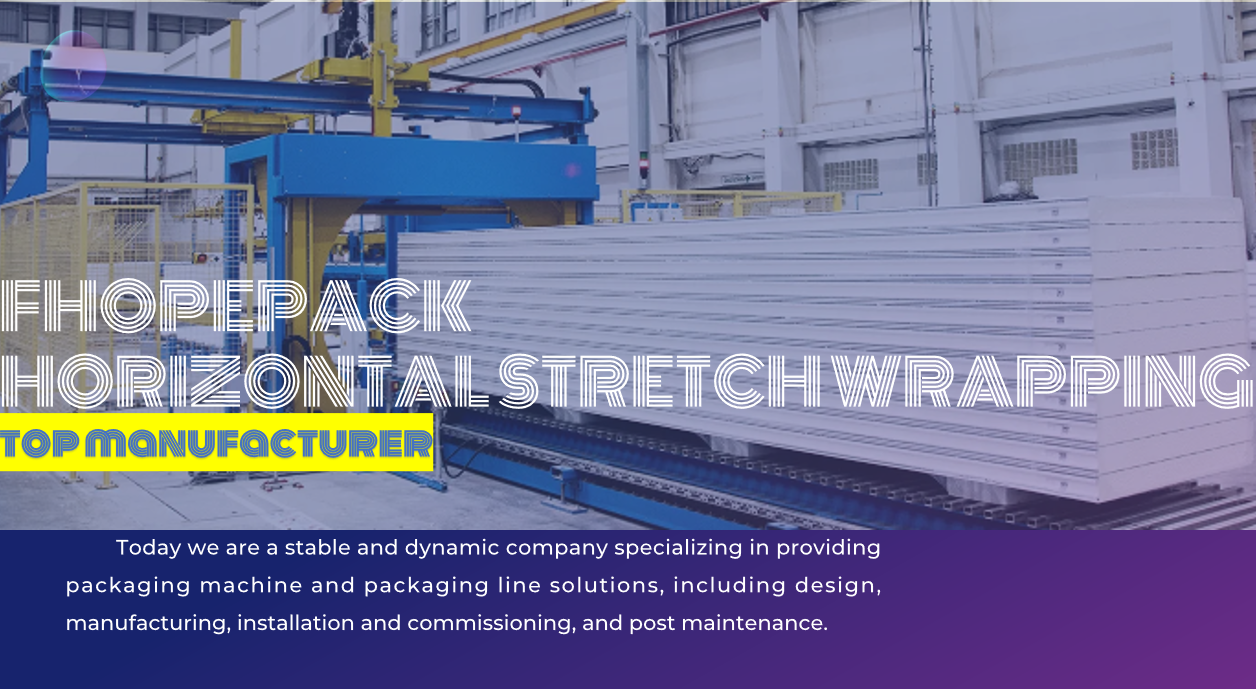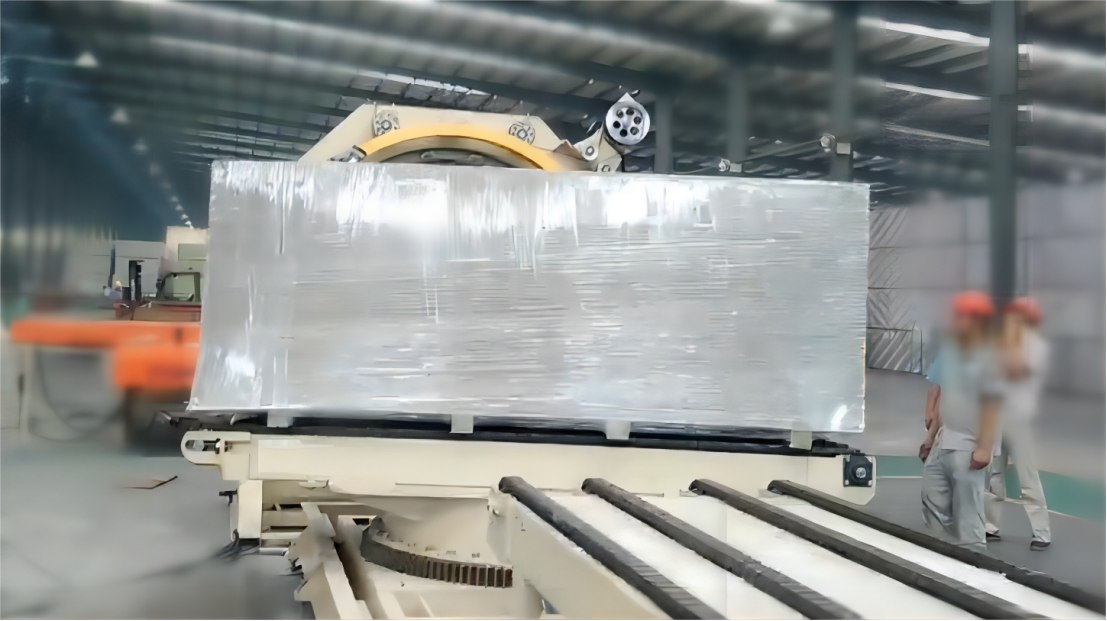When dealing with wooden blocks, finding the right packaging solution is crucial to ensure protection and efficiency. Choosing the right packing machine can save time and reduce costs.
Packaging machines for wooden blocks include shrink wrapping, stretch wrapping, and strapping machines. Each offers specific benefits depending on your production needs and block size.
To help you choose the right machine, let’s dive deeper into each option and explore the best solutions for your business.
Overview of Common Packaging Machines for Wooden Blocks?
Packaging machines can streamline your process and provide a significant boost to productivity. However, understanding the options available will help you make the right decision for your wooden block packaging needs.
Shrink wrapping, stretch wrapping, and strapping are the most common types of packaging machines used for wooden blocks. Let’s explore how each of these machines works and their benefits.
Shrink Wrapping Machines
Shrink wrapping machines are used to tightly seal wooden blocks in a plastic film. The film is heated to shrink and form a secure cover that protects the product.
- Advantages: Provides excellent protection from dust, dirt, and moisture. It also ensures that the blocks remain in perfect condition during transport.
- Disadvantages: These machines tend to be slower and require more space for the heat tunnels. They are best for smaller batches of products.
Stretch Wrapping Machines
Stretch wrapping involves wrapping a plastic film around wooden blocks. The film stretches tightly around the blocks, keeping them together and ensuring stability.
- Advantages: These machines are fast, and the stretch film is cost-effective. They work well for large volumes of blocks.
- Disadvantages: The protection provided by stretch wrapping is not as high as shrink wrapping, especially against moisture and dust.

Strapping Machines
Strapping machines secure wooden blocks using bands or straps. These can be used alone or with other packaging options to bundle products.
- Advantages: Ideal for grouping multiple blocks together for easier handling and transport.
- Disadvantages: It provides less protection from the external environment compared to shrink and stretch wrapping.
Comparing Shrink Wrapping, Stretch Wrapping, and Strapping Machines for Wooden Blocks?
Which is better: shrink wrapping, stretch wrapping, or strapping? To answer that, we need to compare each option's protection, speed, and cost.
Shrink wrapping, stretch wrapping, and strapping each have distinct advantages based on your production volume, budget, and desired protection level. Let’s compare them side by side.
Shrink Wrapping vs. Stretch Wrapping vs. Strapping
| Machine Type | Best For | Protection Level | Speed | Cost |
|---|---|---|---|---|
| Shrink Wrapping | Individual blocks | High (against moisture, dirt) | Moderate | High |
| Stretch Wrapping | Large volumes | Moderate (good for dust protection) | High | Moderate |
| Strapping | Bundling multiple blocks | Low to Moderate | High | Low |
Key Considerations
- Production Speed: Stretch wrapping and strapping are much faster compared to shrink wrapping, making them suitable for high-volume operations.
- Protection: Shrink wrapping provides the highest level of protection. Stretch wrapping is decent, but strapping offers minimal protection, mainly keeping blocks together.
Choosing the Right Packaging Machine Based on Production Volume and Block Size?
The ideal machine for your wooden blocks will depend on your specific needs. If you’re working with high volumes, a stretch wrapper might be your best bet. If your blocks require more protection, shrink wrapping could be the right solution.
Understanding the production scale and block size helps determine which machine is the best fit for your packaging needs.

Factors Affecting Your Choice
Volume of Production: For large production volumes, stretch wrapping and strapping machines offer speed and efficiency. Shrink wrapping is slower but better for individual packaging.
Block Size: Smaller blocks may benefit from strapping or stretch wrapping, while larger blocks often require shrink wrapping for better protection.
Protection Requirements: If your blocks are sensitive to moisture or require extra security, shrink wrapping offers the best protection. Stretch wrapping works well for general protection, while strapping is mainly used for bundling.
Production Scenarios
High Volume Production: Stretch wrapping or strapping are typically better due to their speed and efficiency. These machines are ideal for businesses focusing on quick packaging for large quantities.
Smaller Batch Production: For businesses that focus on smaller batches, shrink wrapping may be more appropriate. The added protection is worth the slower packaging process.
Conclusion
Choosing the right packaging machine depends on your block size, production volume, and the level of protection you need. With the right equipment, your packaging process can become faster and more efficient, reducing waste and enhancing product security.